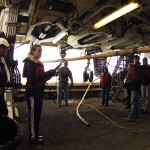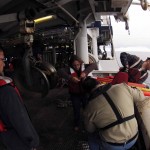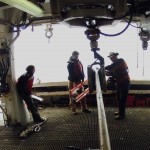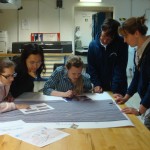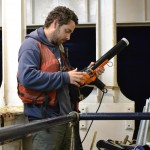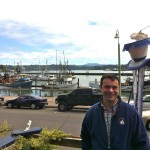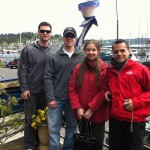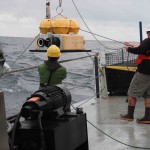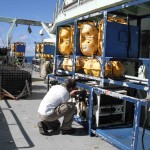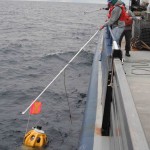Off the U.S. Pacific Northwest coast, the 680-mile-long Cascadia subduction zone has produced giant earthquakes and tsunamis like the one that ravaged Japan last year–the most recent, in 1700. These quakes are thought to come every several hundred years. To help understand subduction processes along this zone, scientists at sea and on land are conducting the first-ever imaging of an entire plate-the Juan de Fuca-from the ridge where it is growing, to the trench where is diving under North America. Aboard the R/V Langseth and R/V Oceanus scientists will study how fluids, sediments and the structure of faults may influence the evolution of this seismic zone, and the frequency and power of earthquakes, as well as volcanoes that erupt inland.


